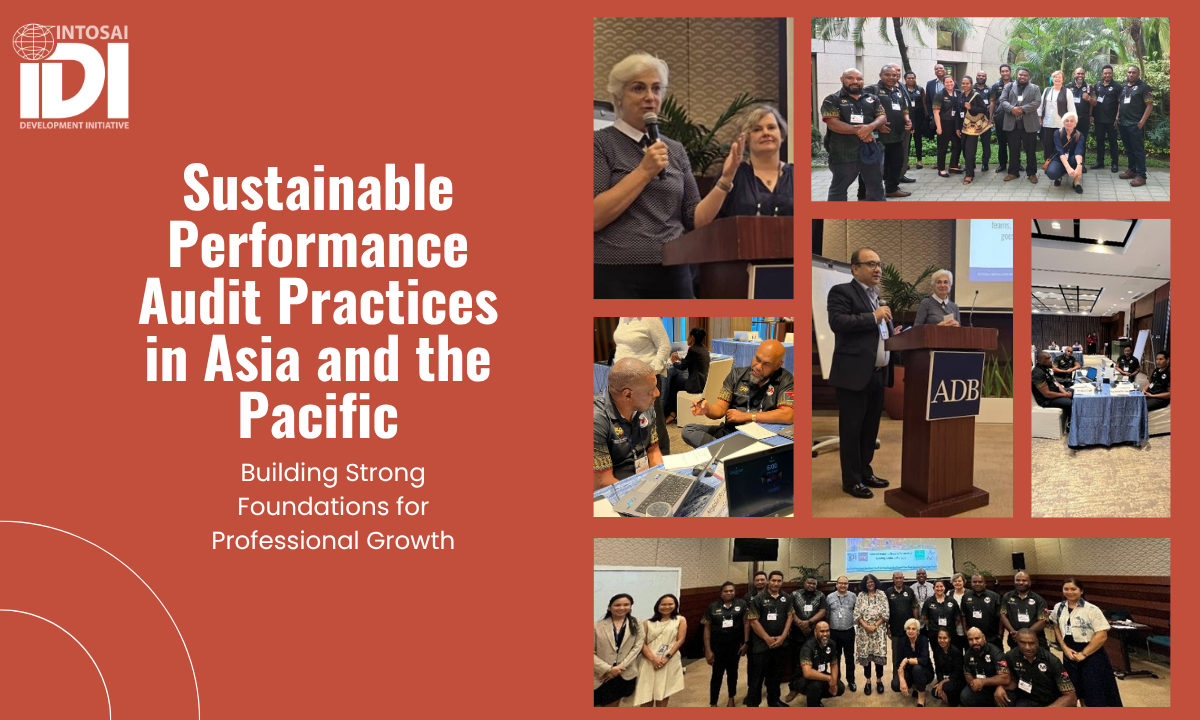CCAA – Global Cooperative Audit of Climate Change Adaptation Actions
FOUR THEMATIC AREAS
Based on consultations and research within the SAI community, we have identified four thematic areas related to climate change adaptations actions. With the CCAA, we have also identified three cross-cutting themes for deeper review.

Disaster risk reduction is defined as “the action taken with the objective of minimizing the risk that could be induced due to disaster.”
SAIs could audit government’s disaster risk reduction efforts related to adaptation. Relevant adaptation actions could include flood barriers, early warning systems, hurricane warnings, tree planting, resettlement of people, preparedness plans and setting up of organizational structures.

Climate change poses serious risks for water resource management.
Adaptation actions can deal with efforts to ensure access to clean water for all, including for vulnerable populations, innovative ways of handling scarce water resources (e.g.: in semi-arid and arid areas), water saving, and smart use of water resources in agriculture. SAIs could audit government efforts at water resource management in one or more relevant areas depending on the nature of the problem in their context.

This is particularly problematic in low-lying states, including in many Small Island Developing States (SIDS).
The theme includes a specific focus on SIDS. Flooding often causes contamination of the ground water, deterioration of livelihood, most often affecting marginalised populations, especially women and people living with disabilities. Moreover, sea level rise is a big risk in coastal cities including many of the world’s biggest cities. These issues could be relevant areas of focus within this thematic area.

An audit within this area would examine the planning and implementation of a national adaptation plan or actions by the government or ministries/ agencies.
This approach could deal with topics related to planning process, the quality of the plan as well as the implementation whenever feasible. SAIs may also take an SDGs audit approach by examining national targets linked to SDG 13.
TAKING A CITIZEN PARTICIPATORY AUDIT APPROACH
Successful transformation and change initiatives require sponsorship and support throughout the SAI leadership chain. Through this initiative the IDI plans to reach out to three levels of SAI leadership:
Environmental governance includes policy, rules and norms that govern human behavior, and it also addresses who makes decisions, how decisions are made and carried out, the scientific information needed for decision-making and how the public and major stakeholders can participate in the decision-making. (UNEP).
As a performance audit, CCAA is expected to focus on the 3Es: economy, efficiency, and effectiveness. Effectiveness is meeting the objectives set and achieving the intended results. Effectiveness deals with outputs, results, or impacts. It is about the extent to which policy objectives have been met in terms of the generated output. It is concerned with the relationship between goals or objectives on the one hand and outcome on the other.
Refers to the process of improving the terms for individuals and groups, in particular for those marginalised or in danger of being left behind, to take part in society and to be able to benefit adequately from climate change adaptation actions. The aim is to leave no one behind and to include measures in public spending for climate change adaptation actions that help improve the ability, opportunity, and dignity of those marginalised or potentially marginalised due to climate change. Marginalisation may differ depending on the country context.

